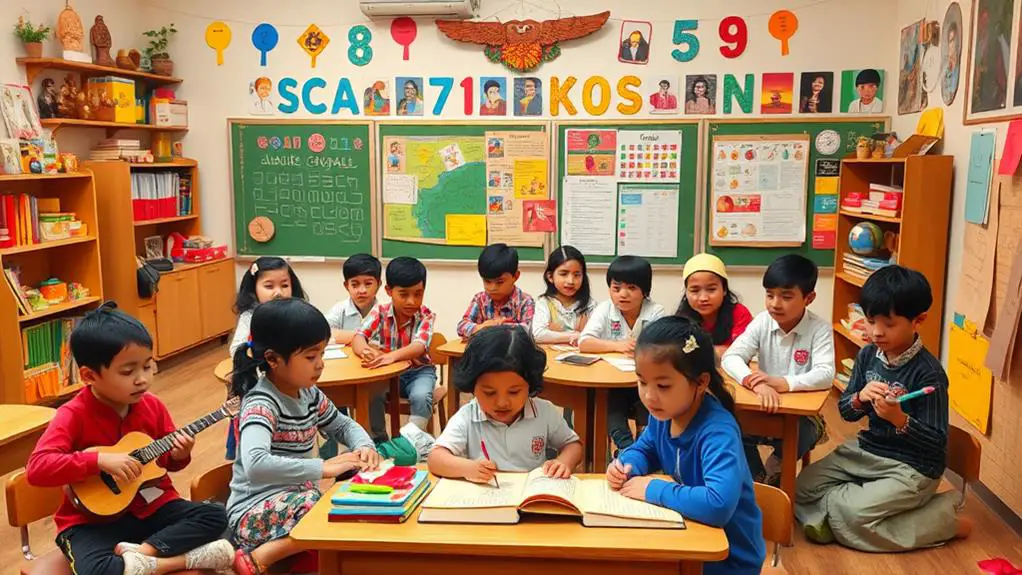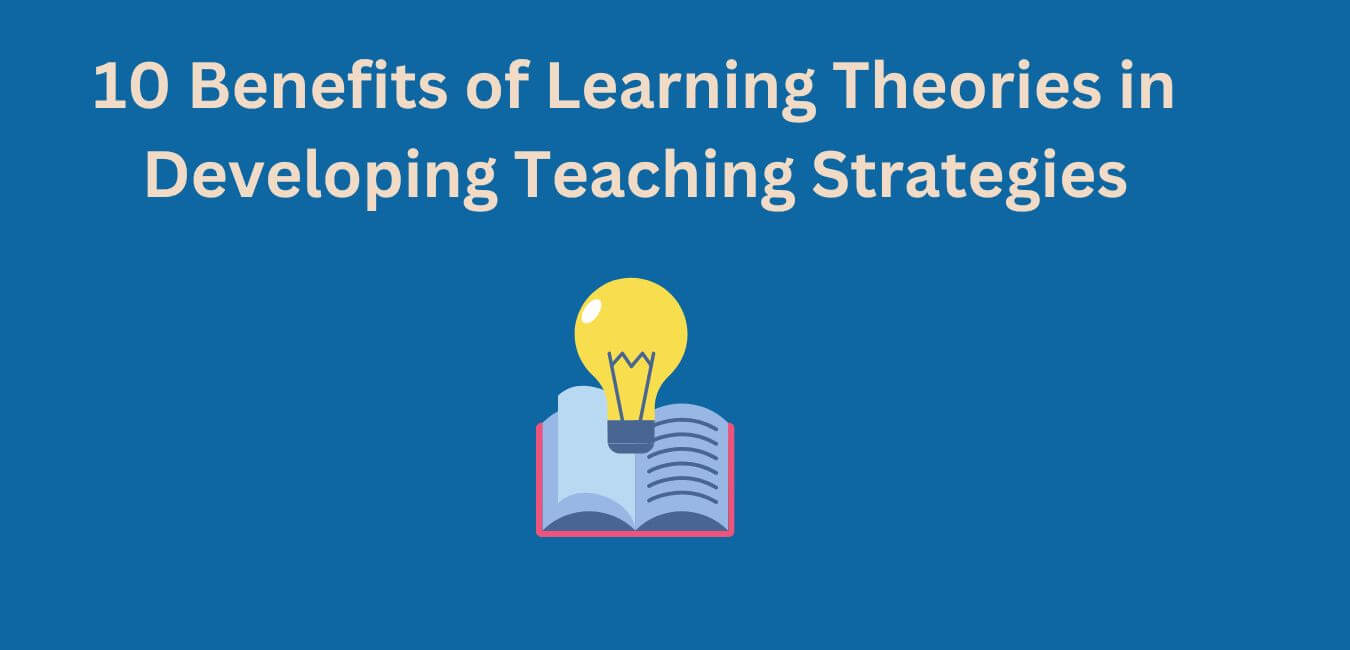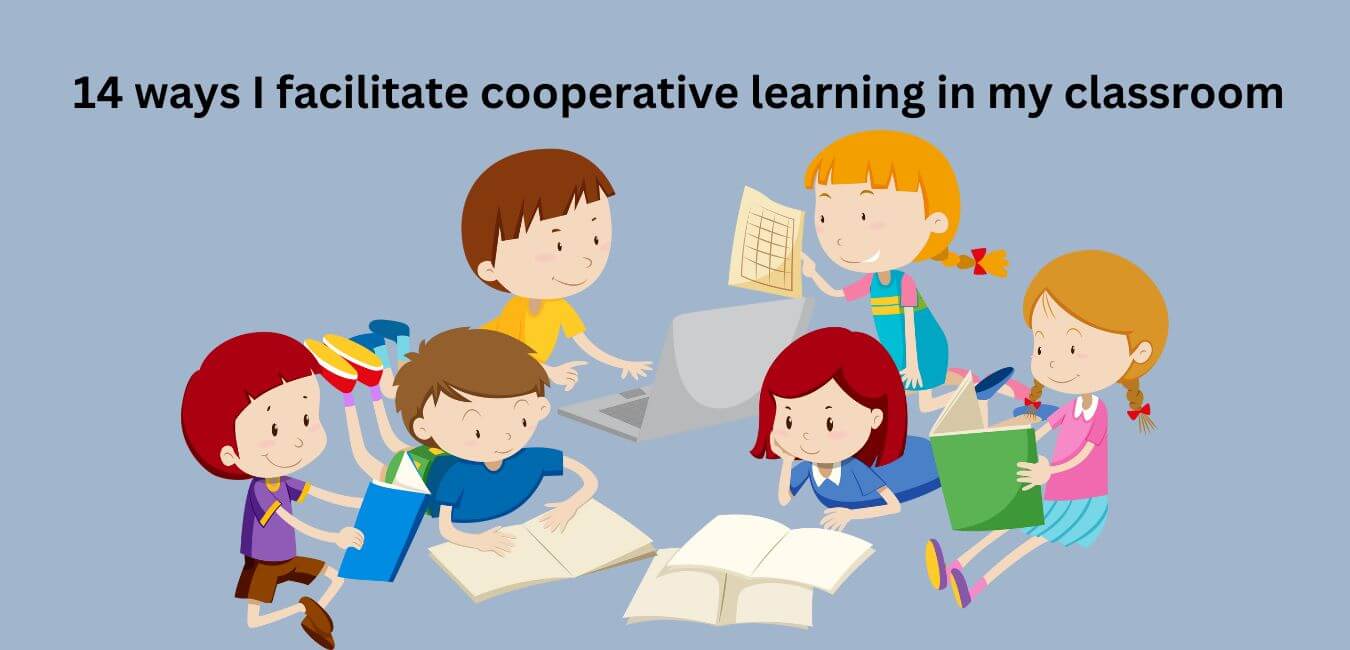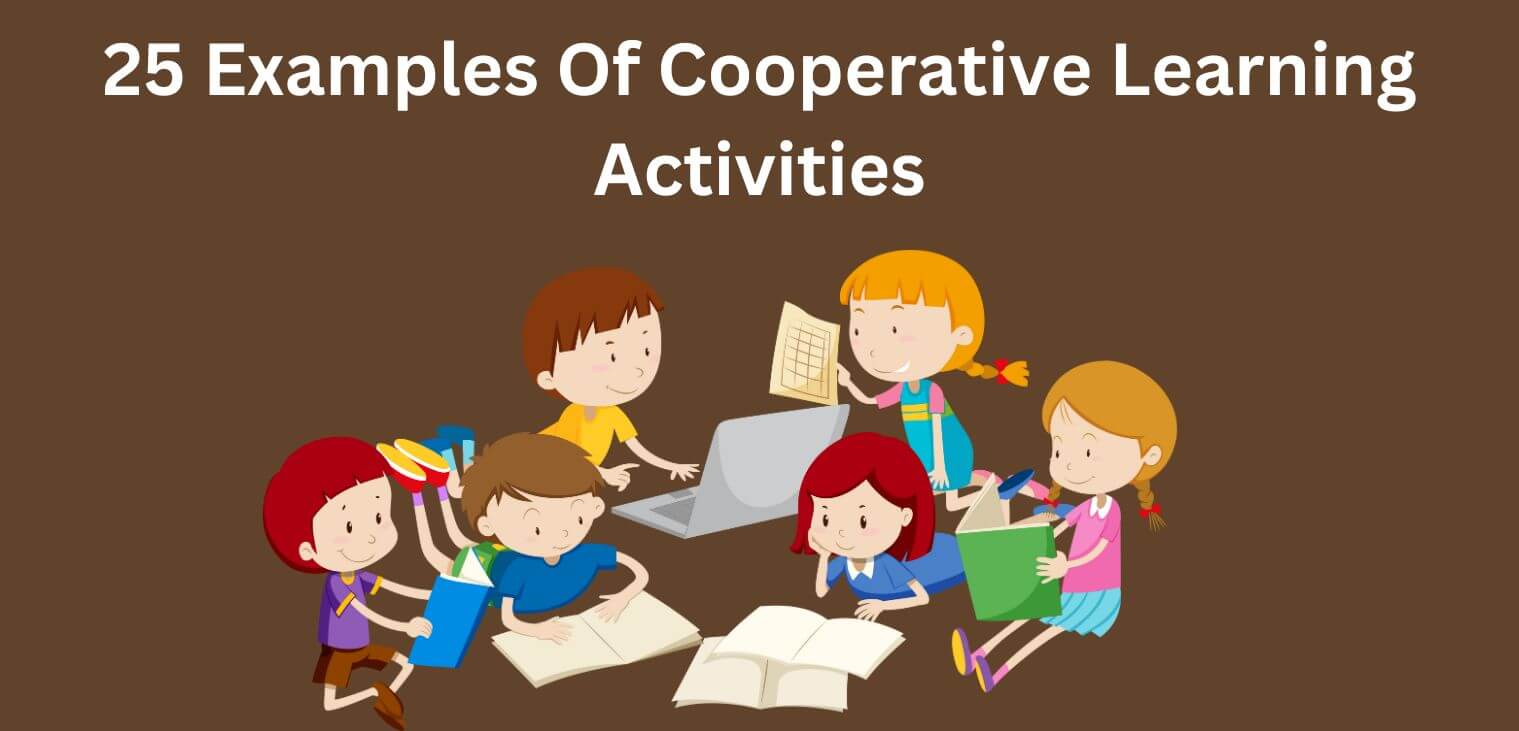Culture plays a significant role in shaping learning styles. Students from collectivist cultures often excel in collaborative environments, thriving in group projects where teamwork is essential.
In contrast, those from individualistic backgrounds may perform better with independent tasks that allow for personal exploration and self-directed learning. Recognizing how cultural contexts influence these preferences is crucial for educators, as it can directly impact teaching methods and student engagement.
For instance, incorporating group activities for collectivist learners while providing opportunities for independent work for individualistic students can create a more inclusive and effective learning environment. Understanding these dynamics fosters better educational outcomes for diverse classrooms.
Defining Learning Styles
Understanding how people learn is crucial, as learning styles differ significantly among individuals. Some individuals may prefer visual learning, which involves absorbing information through images, diagrams, or videos. Others might find auditory learning more effective, favoring lectures and discussions. Kinesthetic learners thrive on hands-on experiences, engaging directly with materials.
As you examine these styles, consider the importance of analytical thinking. This approach allows for a deeper understanding of concepts by breaking them down into components, particularly beneficial in independent study.
Collaborative learning enhances this experience, enabling individuals to participate in group discussions, exchanging insights to deepen comprehension.
Experiential learning also plays a key role as it focuses on applying knowledge in real-world contexts. Reflective practice is essential for evaluating which methods yield the best results, promoting personal growth and fostering connections with others.
Recognizing and embracing your distinct learning style enriches your educational experience and helps you connect with like-minded individuals.
Cultural Variations in Education
Education varies significantly across different cultures, influencing how individuals learn and engage with knowledge. Cultural norms play a crucial role in shaping educational practices, leading to distinct learning experiences. For example, some cultures prioritize collaborative environments that foster teamwork and peer assistance, while others focus on individual accomplishments.
The teaching methods used in classrooms reflect these cultural differences. Some educators may prefer traditional lecture formats, while others utilize hands-on, interactive approaches that encourage participation. Teacher expectations also differ; in cultures that emphasize high achievement, students may feel increased pressure to perform well. Conversely, in environments that highlight personal growth, the focus shifts to understanding and development.
Assessment methods vary widely, too. Certain cultures may rely on standardized tests, while others may value qualitative feedback, such as portfolio assessments, that offer a more comprehensive view of a student’s abilities.
Parental involvement can significantly impact education as well. In some communities, parents actively engage in their children’s learning, creating a robust support system. In contrast, other cultures may encourage students to take more initiative by stepping back from direct involvement.
Recognizing these cultural differences is essential for navigating educational experiences and fostering a sense of belonging in diverse learning settings. Understanding how these factors influence your education can lead to a more enriched and supportive learning journey.
Impact of Language on Learning
Language is fundamental in influencing how you learn and process information. It shapes cognitive development and affects your understanding of concepts and interactions with the world. Engaging with multiple languages not only helps you learn vocabulary but also enhances your brain’s ability to think in diverse ways.
| Language Acquisition | Cognitive Development | Learning Style |
|---|---|---|
| Enhances memory | Strengthens problem-solving skills | Visual learners |
| Encourages communication | Develops critical thinking | Auditory learners |
| Fosters cultural awareness | Sparks creativity | Kinesthetic learners |
Throughout your educational journey, it is important to recognize that both your first language and any additional languages you acquire can influence your viewpoint. Your expression of ideas, approach to questioning, and relationships with others are all shaped by your language abilities. This connection between language and learning underscores the value of embracing varied linguistic experiences. Understanding how language impacts your learning style can enhance your sense of connection and engagement in your studies.
Social Context and Learning Preference
Social interactions significantly influence how individuals learn. The way you engage with peers and family shapes your ability to absorb and process information. Your cultural background, intertwined with community values, guides your preferred learning methods.
For example, in communities that prioritize collaborative learning, you may excel in group environments where shared knowledge and collective problem-solving are valued.
Peer influence is another crucial factor. You might adopt specific learning styles based on your friends’ behaviors and preferences. Similarly, family expectations can dictate your approach. If your family emphasizes academic success, you may feel inclined to adopt learning strategies that align with those goals.
Cultural traditions also play a role in shaping learning preferences. The historical approaches to education within your culture can determine what feels comfortable and effective for you.
Understanding these social contexts is important as it enables you to navigate your learning journey, helping you develop a style that reflects both your personal experiences and cultural identity.
Strategies for Culturally Responsive Teaching
Culturally responsive teaching is essential for fostering an inclusive learning environment. This approach enables educators to connect with students from diverse backgrounds, making them feel valued and engaged in their education.
To begin, incorporate materials that represent the diverse histories and experiences of your students. Selecting texts and resources that resonate with their backgrounds helps them see themselves in the curriculum, promoting a sense of belonging. For example, using literature by authors from various cultures can spark interest and inspire meaningful discussions.
Implementing classroom practices that accommodate different learning styles is also crucial. Group activities can enhance collaboration, allowing students to share their unique perspectives. This practice not only affirms their voices but also nurtures a culture of respect and understanding among peers.
Encouraging open dialogue about culture and identity is vital. Creating space for students to share their experiences fosters an environment where everyone feels acknowledged and appreciated. This exchange of ideas enriches the classroom experience and strengthens community ties.
Conclusion
Culture plays a significant role in shaping how individuals learn. It influences not only the way information is processed but also how people engage with their peers and educators. Understanding these cultural differences is crucial for adapting educational methods, which can enhance the overall learning experience. Recognizing the impact of one’s background on learning approaches allows for the implementation of teaching strategies that cater to diverse needs, fostering an inclusive environment. This enables learners to leverage their unique strengths and preferences for more effective engagement in educational settings. Embracing culturally responsive teaching is essential for nurturing an atmosphere where every student can succeed.








